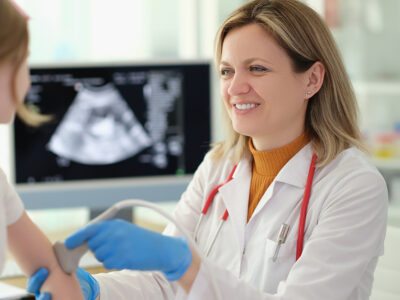It’s probably pretty common for people to equate the term arthritis with osteoarthritis, the wear-and-tear form of arthritis that’s common in adults as we get older. But that’s just one type of arthritis. There are many more, including types that specifically affect children. In general terms, that group of disorders is referred to as childhood arthritis or juvenile arthritis. The […]
Disease
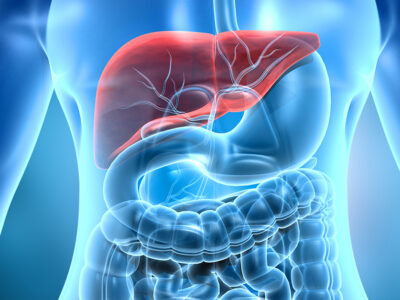

Unveiling Liver Diseases: A Comprehensive Overview
Learn about various liver disorders, from viral infections to autoimmune conditionsYour liver is the second largest organ in your body, behind only your skin. The liver is also the largest gland. It makes and secretes chemicals that are used by other parts of your body to perform key processes. Your liver sits just under your ribcage on your right side. It’s about the size of a football and weighs on […]
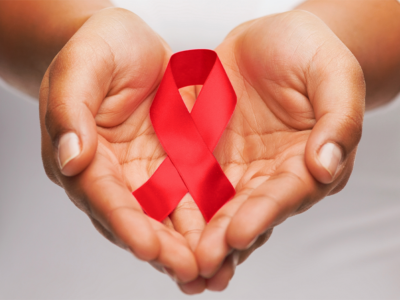

Observing World AIDS Day
December 1 is observed as World AIDS Day, which is dedicated to increasing awareness about AIDS and HIV. AIDS is a global pandemic that began in 1981 and has persisted as an international public health issue. Since the pandemic began, an estimated 40 million people worldwide have died from AIDS. In addition, an estimated 37.7 million people are currently living […]


Ask Me About Alzheimer’s Disease
Alzheimer’s disease is a progressive form of dementia, a group of disorders characterized by brain changes that lead to a decrease in memory, language, problem-solving and thinking abilities, as well as behavior changes that can impair your daily functioning. Alzheimer’s disease is the most common cause of dementia, accounting for 60 to 80 percent of all dementia cases. Alzheimer’s disease […]
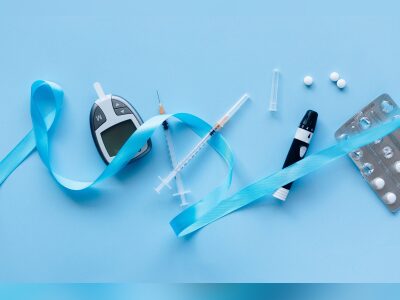

Defending Against Diabetes
November is American Diabetes Month. Let’s get up to speed on this common disorder. Diabetes is a chronic metabolic condition that affects how your body uses food for energy. When you eat, your body breaks down the food into a simple sugar called glucose, which enters your body’s cells with the help of insulin, a hormone produced by special beta […]
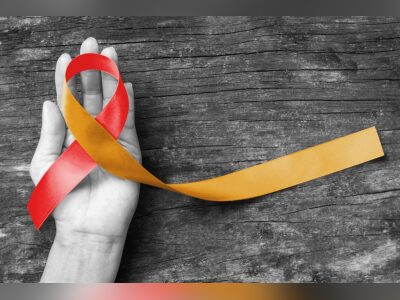

A Study of Sickle Cell Disease
Sickle cell disease is a group of inherited disorders affecting the red blood cells. Healthy red blood cells are disc-shaped and smooth, and glide easily through even small blood vessels to provide oxygen to the body’s tissues. Red blood cells affected by sickle cell disease are rigid, sticky and crescent-shaped, resembling the farm implement called a sickle. The exact number […]


Honing in On Hepatits
May is Hepatitis Awareness Month. Hepatitis is an inflammatory condition of the liver, and when your liver is inflamed, its ability to function can be compromised. Hepatitis is most commonly caused by a viral infection, although there are other causes as well. We’re concentrating on viral hepatitis in this blog. There are five known types of viral hepatitis classified as […]


Soothing An Irritable Bowel
Irritable bowel syndrome, or IBS, is a syndrome, a set of symptoms that occur together and are associated with a particular abnormality or condition. The most common symptoms of IBS, which affects your large intestine, or colon, include abdominal pain, cramping, bloating and gas, and a change in bowel habits. There are three types of IBS. One is IBS with […]
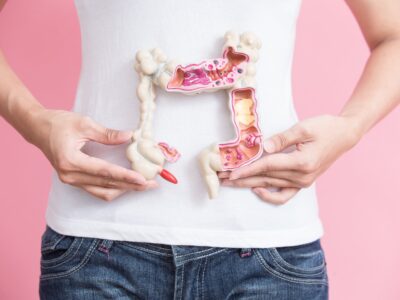

Concerning Colorectal Cancer
The colon and rectum are part of the body’s gastrointestinal tract. The colon makes up the first 6 feet of the large intestine, and the rectum makes up the last 6 inches. Cancers of the colon and rectum are typically grouped together as colorectal cancer because they have some characteristics in common, most notably the presence of abnormal growths called […]




